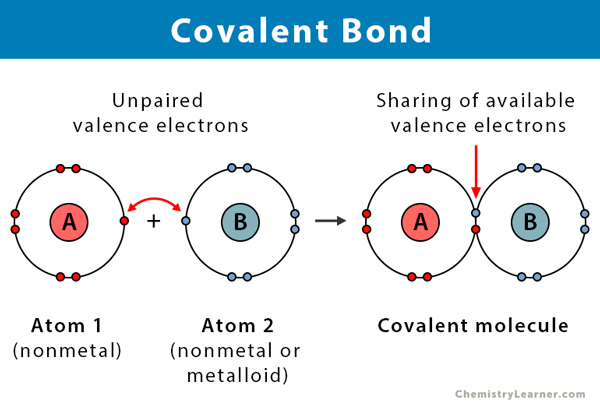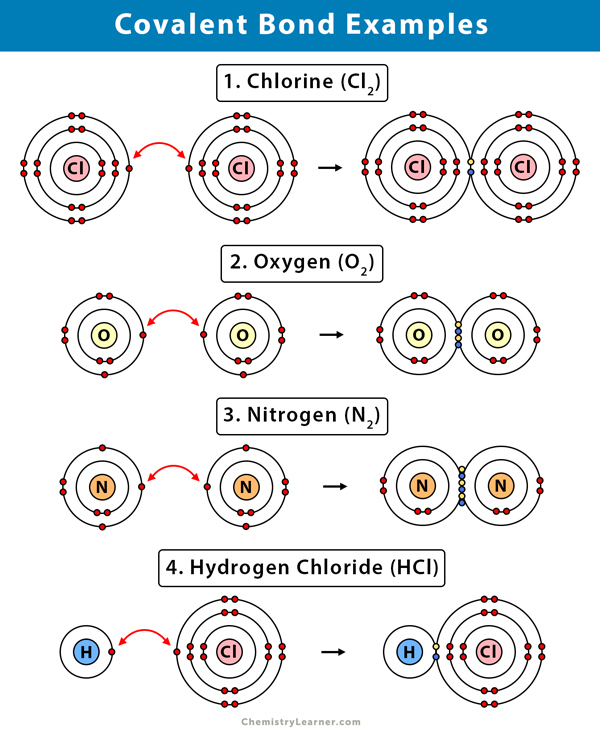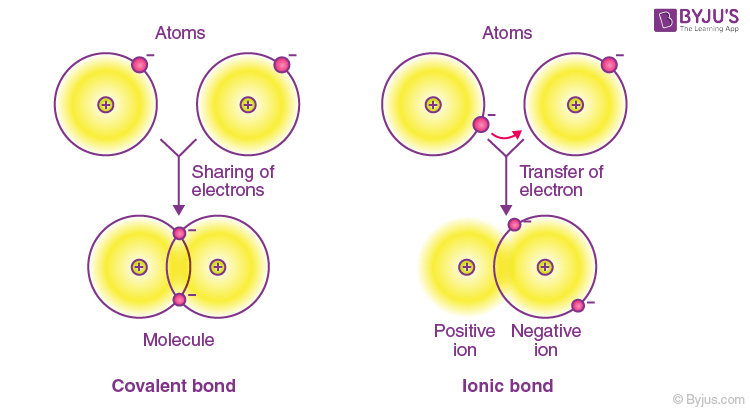Which Statement Best Describes a Covalent Bond
A Covalent bonds are bonds in which electrons are shared between two atoms b Covalent bonds are usually found in molecular compounds c Covalent bonds are polar if the atoms making the bond have different electronegativities d The electrons in covalent bonds count towards the octets of both atoms making the bond e To make a covalent bond one atom. Asked Sep 10 2016 in Chemistry by MagicCarpetRide.

Design Everywhere Print Designs Inspiration Graphic Design Graphic Design Studios
Covalent bonding involves the sharing of electrons.

. A chemical bond in which four or more electrons are shared. A pair of electrons shared between two atoms where one atom has donated two electrons. Nitrogen oxygen and iodine D.
A chemical bond in which no electrons are shared. All of the atoms electrons are shared between the atoms please help lydia Aug 30 2017. 5 Which of the following statements correctly describes the role of water as a solvent.
Valence electrons are transferred from one atom to the other. Metal bonds to non-metal. A covalent bond happens when the positive nuclei from two different atoms are held together by their common attraction for the shared pair of electrons held between them.
- equal sharing of electrons. One pure covalent bond is formed when two atoms with the same electronegativitie s come together. с A chemical bond in which four or more electrons are shared.
Which statement best describes why covalent bonds form. Which statement correctly describes a covalent bond. Which statement best describes covalent bonding.
A a very electronegative atom and a weakly electronegative atom are covalently bound. Sodium neon and argon B. Which statement best describes a covalent bond.
Covalent bonding occurs once pairs of electron are shared by atoms. Which statements best describes a covalent bond. Which of the following best describes how a covalent bond holds two together.
Does oxygen form chemical bonds between their atoms. Atoms that share pairs of electrons form molecules. All of the atoms Chemistry-Bonding.
Hydrogen bonds are intermolecular bonds like the bonds that hold the DNAs helixes together ionic bonds are very strong since they are held together by ions but covalent bonds share electrons. Which statements best describes a covalent bond. Metal bonds to non-metal.
What is covalent bonding. Electrons are given from one atom to another forming oppositely charged ions that are attracted to each other. Atoms will covalently shortcut with various other atoms in order to gain much more stability which is obtained by forming a complete electron shell.
Thus the statement which correctly describes covalent bonding is C statement 3. Forming a bond results in oppositely charged ions. 6 Which of the following elements will form.
Metal bonds to non-metal. B A chemical bond that involves sharing a pair of electrons between atoms in a molecule. Atoms in a molecule.
The bonds that are formed are strong and require a lot of energy to break them. Forming a bond allows electrons to be closer to each other. They want to pair with electron D.
2 Which is the best description of a molecular compound. A chemical bond that involves sharing a pair of electrons between. A bond where electrons are shared between more than one atom.
Which statement below best describes a polar covalent bond. Like a result a pure covalent bond lacks no ionic. 4 What does it mean when a compound is molecular.
Chemistry Which statement correctly describes a covalent bond. The atoms valence electrons combine to form a network of bonds. 3 Do molecular compounds burn easily.
Metal bonds to non-metal. Forming a bond releases energy. What statement best describes a social contract.
Polar covalent bonds form when two atoms share electrons equally with electrons spend the same amount of time around each atom and no partial charges are formed. C two very electronegative atoms undergo ionic bonding. A pair of electrons is attracted to both nuclei of the two atoms bonded together sodium neon and carbon C.
A pair of electrons shared between two atoms where each atom has donated one electron. Electrons are given from one atom to another forming oppositely charged ions that are attracted to each other. The atoms valence electrons are shared between the atoms.
- electronegativity is 0-04. Which of the following statements best describes a relatively polar covalent bond. Non-metal bonds to nonmetal.
A chemical bond in which one atom loses an electron to form a. Polar covalent bonds form when two atoms share electrons unequally with one electron spending more time around one atom than. 1 Which best describes what happens when molecular compounds melt chegg.
Forming a bond allows a nonmetal to give up its electrons. By sharing their outer most valence electrons atoms deserve to fill increase their outer electron. In inorganic chemistry covalent bonds are the most common type of bond and atoms sharing electrons create a covalent bond and further calculation can be defined as follows.
B two very electronegative atoms are covalently bound. Covalent bonds are strong bonds. The spear action of electric charge to a molecule to show a molecular dipole.
The atoms valence electrons combine to form a network of bonds. The atoms valence electrons are shared between the atoms. Valence electrons are transferred from one atom to the other.
A A chemical bond in which no electrons are shared. Quest The molecules contain like 54 of water. Which of these statements best describes a dative covalent bond.
The bonding is best described as covalent and because of the difference in electronegativity the bond is polar. The two atoms are equally attracted to each other C. What are the two type of covalent bonding.
- even distribution of chargeno dipole. A covalent bond is a chemical bond that involves the sharing of electron pairs between atoms. Two pairs of electrons shared between two atoms where each atom has donated one electron.
3 on a question. These electron pairs are known as shared pairs or bonding pairs and the stable balance of attractive and repulsive forces between atoms when they share electrons is known as covalent bonding.

Atomic Interactions Molecular Geometry Covalent Bonding Interactive

Welcome To Learnapchemistry Com Ap Chemistry Chemical Science Ap Chem

Solved Which Statement Best Describes Why Covalent Bonds Chegg Com

3 1 3 2 Covalent Dative Covalent Bonds Quiz Quizizz

Covalent Bond Definition Properties Examples Facts Britannica

Which Of These Statements Correctly Describes Covalent Bonds Brainly Com

Ionic Vs Covalent Coloring Activity Chemistry Science Pdf Printable From Laurelsusanstudio On Teachersnotebook Com 3 Pages Chemia

Covalent Bond Definition Types And Examples
What Is A Covalent Bond And How Is It Formed Quora

Covalent Bond Definition Types And Examples

Practice With Covalent Bonding Covalent Bonding Teaching Chemistry Science Classroom

Help Students Understand How To Draw Lewis Structures Understand Molecular Geometry And The Polar Nature Of Ion Molecular Shapes Molecular Geometry Molecular

Bonding Covalent And Ionic Bonds Shmoop Chemistry Covalent Bonding Ionic Bonding Teaching Chemistry

Which Statement Best Describes Covalent Bonding Brainly Com

Which Of The Following Best Describes A Covalent Bond Brainly Com

Which One Of The Following Best Describes A Job Cost Sheet In 2022 Cost Sheet Job Sheet



Comments
Post a Comment